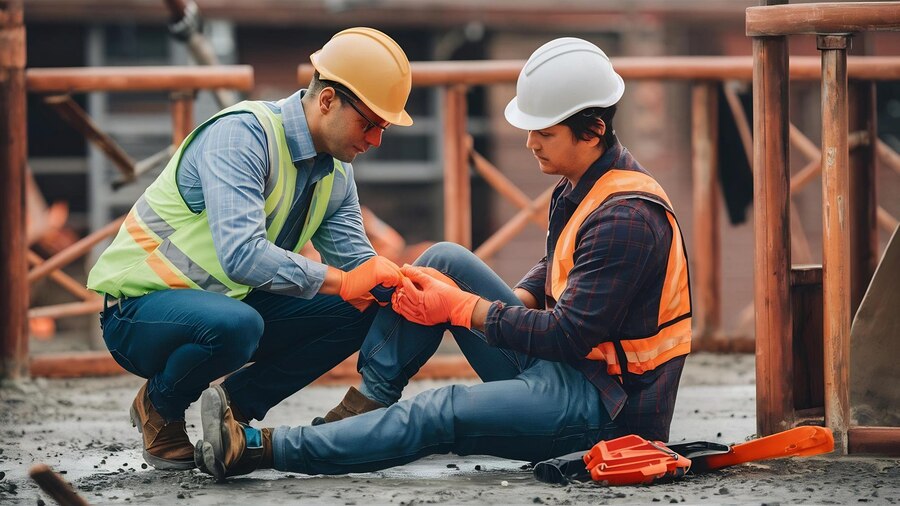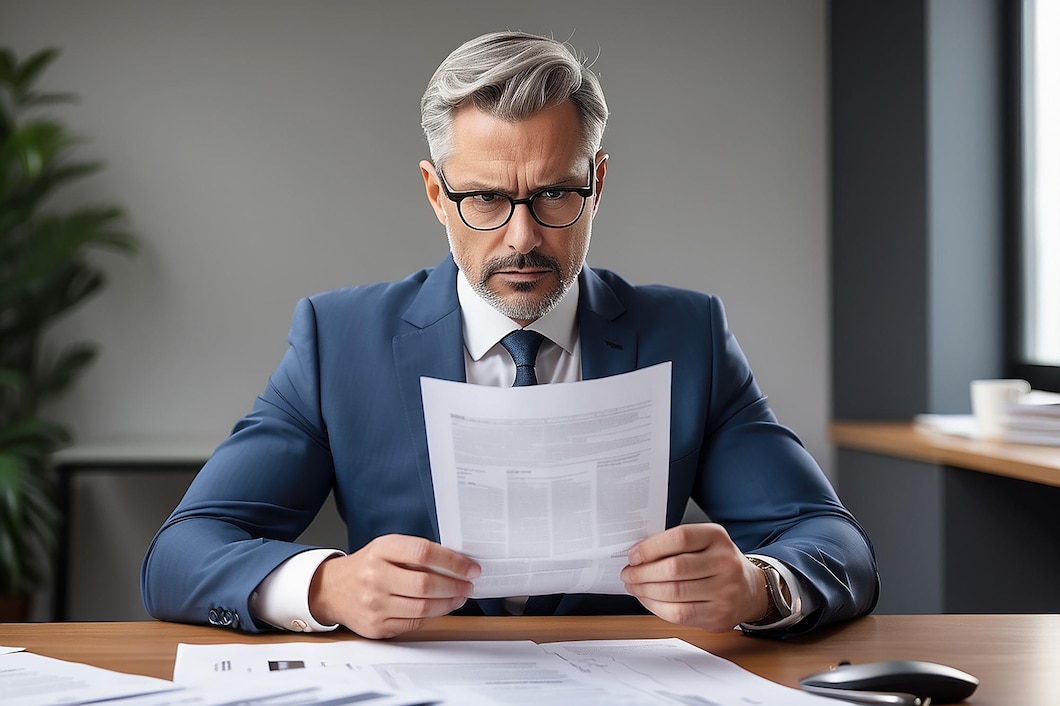
Slip and fall accidents happen every day, and while some result in minor bruises, others lead to serious injuries, costly medical bills, and long-term consequences. From wet floors in grocery stores to uneven sidewalks, these accidents can happen anywhere. If your fall was caused by someone else’s negligence, you may be entitled to compensation through a slip and fall injury lawsuit.
In this comprehensive guide, we’ll cover everything you need to know about filing a slip and fall lawsuit—your rights, responsibilities, legal process, and how to increase your chances of winning your case.
1. What Is a Slip and Fall Lawsuit?
A slip and fall lawsuit is a type of personal injury claim that falls under the legal category of “premises liability.” This means the property owner (or whoever is responsible for maintaining the property) may be legally accountable if someone is injured due to dangerous or negligent conditions on their premises.
Common causes of slip and fall accidents include:
- Wet or slippery floors
- Poor lighting in stairwells
- Loose or uneven flooring
- Icy sidewalks or driveways
- Unmarked hazards like cords or debris
To win a case, the injured person (plaintiff) must prove that the property owner knew or should have known about the dangerous condition and failed to take action to fix it.
2. When Can You Sue for a Slip and Fall?
Not every fall leads to a lawsuit. To file a valid legal claim, you must show that:
- A hazardous condition existed on the property.
- The owner or manager knew about it or should have known.
- The condition directly caused your injury.
- You suffered actual damages like medical bills, lost wages, or pain and suffering.
For example, if you slip on a puddle in a store aisle that’s been there for hours with no warning sign, you may have a case. But if you tripped because you weren’t paying attention and there were no hazardous conditions, your case may not stand.
3. What to Do Immediately After a Slip and Fall
Your actions right after a slip and fall accident are critical to protecting your health—and your legal rights.
Step-by-step actions:
- Seek medical attention: Your health comes first. Get checked out even if the injury seems minor.
- Report the incident: Notify the manager, landlord, or owner immediately and request that they document the incident.
- Take photos: Capture images of the area where you fell, including hazards, lighting, signage, and your injuries.
- Get witness information: If anyone saw the fall, get their names and contact details.
- Preserve evidence: Keep the shoes and clothing you were wearing, as they may help prove your claim.
- Don’t admit fault: Be cautious with what you say. Even saying “I’m okay” can be used against you later.
- Contact a slip and fall attorney: An experienced lawyer can help evaluate your case and guide you through the process.
4. Types of Injuries in Slip and Fall Accidents
Slip and fall injuries can range from mild to severe and may include:
- Sprained wrists or ankles
- Broken bones (especially hips or arms)
- Head trauma or concussions
- Spinal cord injuries
- Cuts and bruises
- Chronic pain or mobility issues
In some cases, injuries may not be immediately noticeable. That’s why it’s important to get medical attention and keep records of all treatments, doctor visits, and prescriptions.
5. Who Can Be Held Liable?
Several parties may be held liable depending on where the accident happened:
- Commercial Property Owners: Businesses like grocery stores, malls, or restaurants are responsible for keeping their property safe for customers.
- Residential Property Owners: Landlords and homeowners may be liable for unsafe conditions that cause injury to tenants or guests.
- Government Entities: If you fall on public property like a sidewalk or park, you may sue the city or county, although the legal process is different and has stricter deadlines.
In each case, you must prove that the party had a duty of care and failed to uphold it.
6. How to Prove Negligence in a Slip and Fall Case
Winning a slip and fall lawsuit depends on proving negligence. Here’s what your legal team will work to establish:
- A dangerous condition existed.
- The property owner knew or should have known about it.
- They failed to warn about or fix the condition.
- You were injured directly because of that condition.
Evidence may include surveillance footage, incident reports, maintenance records, photos, and expert testimony.
For example, if a store employee mopped the floor but didn’t place a warning sign, that could be clear negligence.
7. Compensation You Can Receive
If your lawsuit is successful, you may be entitled to various forms of compensation, including:
- Medical expenses: Hospital bills, rehabilitation, physical therapy, medication.
- Lost wages: Income lost due to missed work during recovery.
- Pain and suffering: Physical and emotional distress.
- Future medical costs: For long-term or permanent injuries.
- Loss of earning capacity: If you can no longer work in the same role.
The value of your settlement depends on the severity of your injuries, the strength of your case, and the skill of your attorney.
8. Time Limit to File a Slip and Fall Lawsuit
Every state has a legal deadline, known as the statute of limitations, for filing a personal injury claim.
In Texas, you have two years from the date of the accident to file a lawsuit. However, if the fall occurred on government property, the deadline may be much shorter, and you may need to submit a formal notice of claim within a few months.
Missing these deadlines could mean losing your right to seek compensation entirely, so don’t delay speaking to a lawyer.
9. Common Defenses Property Owners Use
Be prepared—property owners and their insurance companies may use various strategies to avoid paying. Common defenses include:
- You were distracted (e.g., using your phone).
- You were wearing unsafe footwear.
- The hazard was clearly marked with a warning sign.
- You were in a restricted area.
- The condition was obvious, and a “reasonable person” would have avoided it.
A skilled attorney can help counter these arguments and present evidence to support your claim.
10. Do You Need a Lawyer?
While you can technically file a claim on your own, slip and fall cases are hard to win without legal help. Property owners usually have experienced attorneys and insurers on their side. A good personal injury lawyer will:
- Investigate the accident thoroughly
- Collect and preserve evidence
- Deal with insurance adjusters
- Negotiate a fair settlement
- Take the case to court if needed
Most personal injury lawyers work on a contingency basis, meaning you only pay if you win the case.
Final Thoughts
Slip and fall injuries may seem simple, but the legal side can be complex and challenging. Understanding your rights, collecting proper evidence, and hiring an experienced attorney are crucial steps toward getting the compensation you deserve.




Leave a Reply